By Rosie Scammell in Rome and Fotini Rantsiou in Mytiline
An EU initiative to screen and fingerprint all migrants and refugees arriving in Italy and Greece is creating chaos, particularly on the island of Lesvos where the new system is causing further delays in registering new arrivals and thousands of people have been queueing in the open for days.
The introduction of “hotspots” – an EU term for key arrival points where more rigorous systems for screening and fingerprinting migrants and refugees will be implemented – is central to a controversial plan to relocate 160,000 asylum seekers from Italy and Greece to other member states over the next two years.
The relocation scheme, which was agreed to by EU leaders last month, is still in its infancy with just two hotspots functioning and only 89 Eritreans and Syrians transferred from Italy to Scandinavia so far, but the approach is already coming up against major problems.
Previously, most of the more than 600,000 people who have arrived by sea to Italy and Greece this year avoided being fingerprinted and made their own way to northern Europe. It was no secret that, under the EU’s Dublin Regulation, the country that took their fingerprints was responsible for processing their asylum claim, preventing them from claiming asylum in the country of their choice. For their part, authorities in Italy and Greece, already facing a backlog of asylum claims, did not insist that new arrivals be fingerprinted. But the quid pro quo for the relocation deal is that the two countries comply with the new approach.
See: So much for sanctuary: how an EU asylum rule ‘results in death’
In Italy, the first hotspot opened in late September on the country’s southernmost island of Lampedusa. A further four hotspots are set to begin operations by the end of November – three in Sicily and another in the mainland Puglia region.
Italian officials say people on Lampedusa are being “verbally convinced” to give their fingerprints (EU human rights laws rule out the use of physical force). “We explain that it’s important [to be identified] to go to the countries where they want to go,” said Mario Morcone, head of the interior ministry’s department for civil liberties and immigration. In reality, those accepted for relocation will not get to choose the country they are sent to, and anyone who refuses to give their fingerprints risks being moved to a closed Centre for Identification and Expulsion (CIE) rather than an open reception facility.
Carlotta Sami, a spokeswoman for the UN’s refugee agency, UNHCR, said that so far no one had been transferred to a CIE because everyone had agreed to be fingerprinted. She added that UNHCR backed the new procedure, while emphasising the need for a humanitarian approach. “Everyone should be identified and fingerprinted,” she told IRIN. “It’s very important. A big part of this European refugee crisis is due to a lack of organisation, and the fact that procedures have not been well organised since the beginning. The result is chaos, a further burden on the shoulders of refugees.”
But on Lesvos, the opening of Greece’s first hotspot this week at the Moria reception centre near Mytiline only appeared to add to the confusion and increase the suffering of refugees.
In recent months, Moria has become an ad hoc camp for the thousands of migrants and refugees arriving on the island each day. During the summer, registration of Syrians had been moved to another site nearby called Kara Tepe, but the opening of the hotspot meant that all registrations were moved back to Moria, with one area reserved for Syrians and another for non-Syrians. As the Kara Tepe site emptied on 15 October, huge queues formed outside the registration centre in Moria.
Visits to the site by IRIN revealed a system that is simply not up to receiving the record numbers of refugees currently arriving in Lesvos – more than 27,000 people in the last five days according to the International Organization for Migration.
Although registration is taking place around the clock, there are shortages of interpreters, police officers and fingerprint scanning equipment. Germany has donated 12 scanning machines, but commitments to provide more equipment and more border guards by other member states have not materialised. Only 291 officers have been committed by EU member states out of a total of 775 requested by border agency Frontex to help run the hotspots in Greece and Italy.
By Thursday, the registration of Syrian families had been moved back to Kara Tepe, and there were 16,000 people on the island still awaiting registration. Some people had already spent up to five days in the open, struggling not to lose their position in the queue, often in heavy rain.
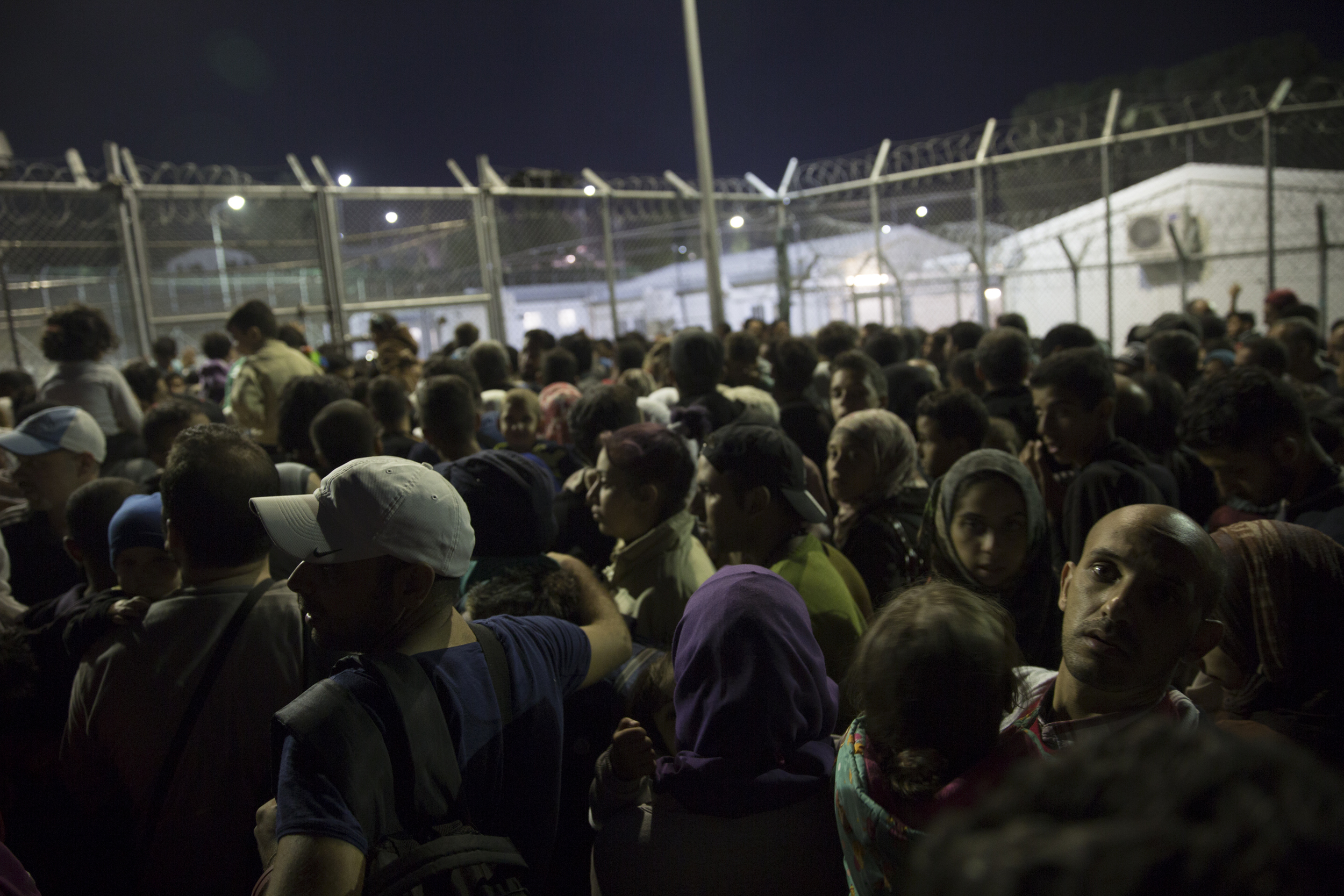

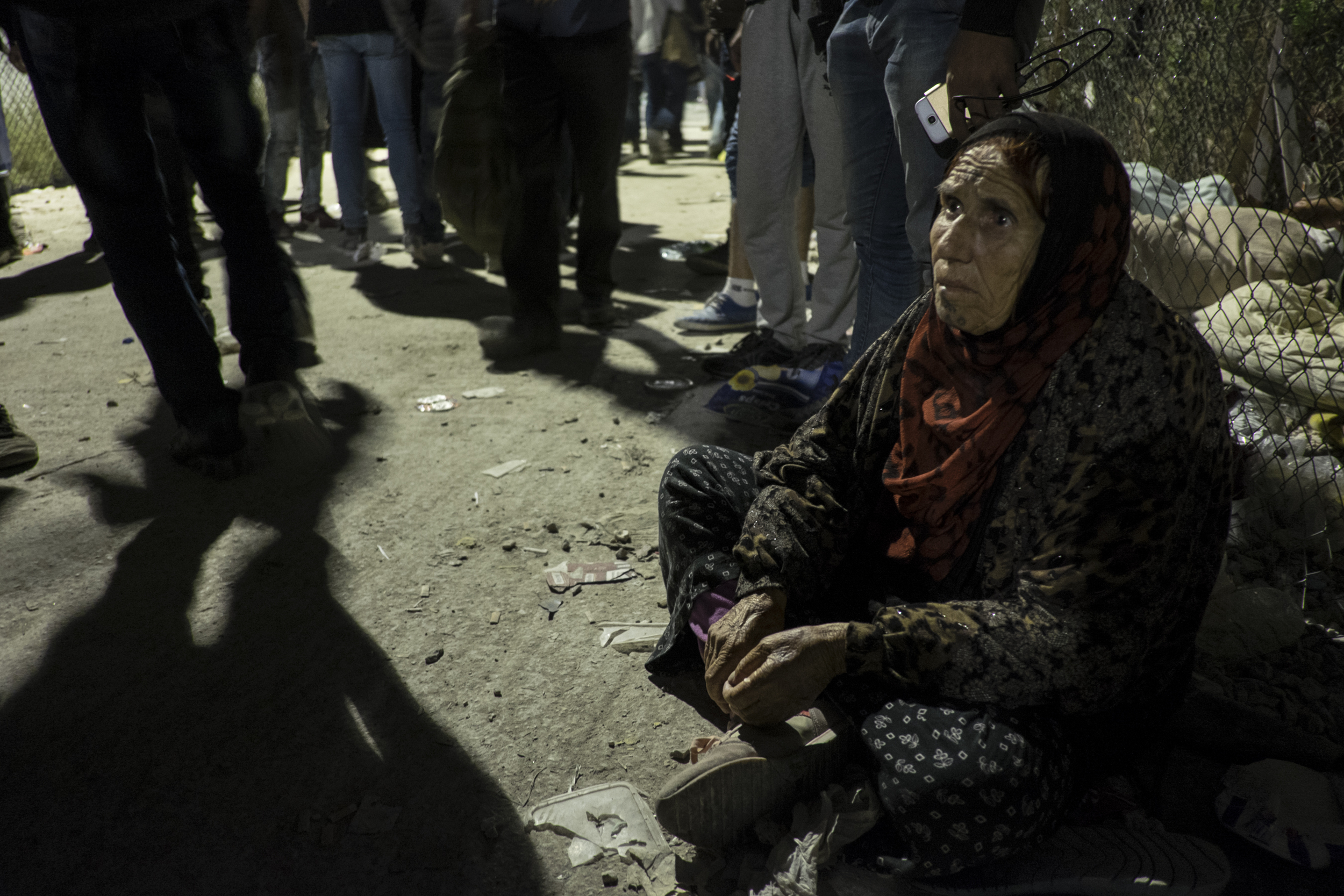
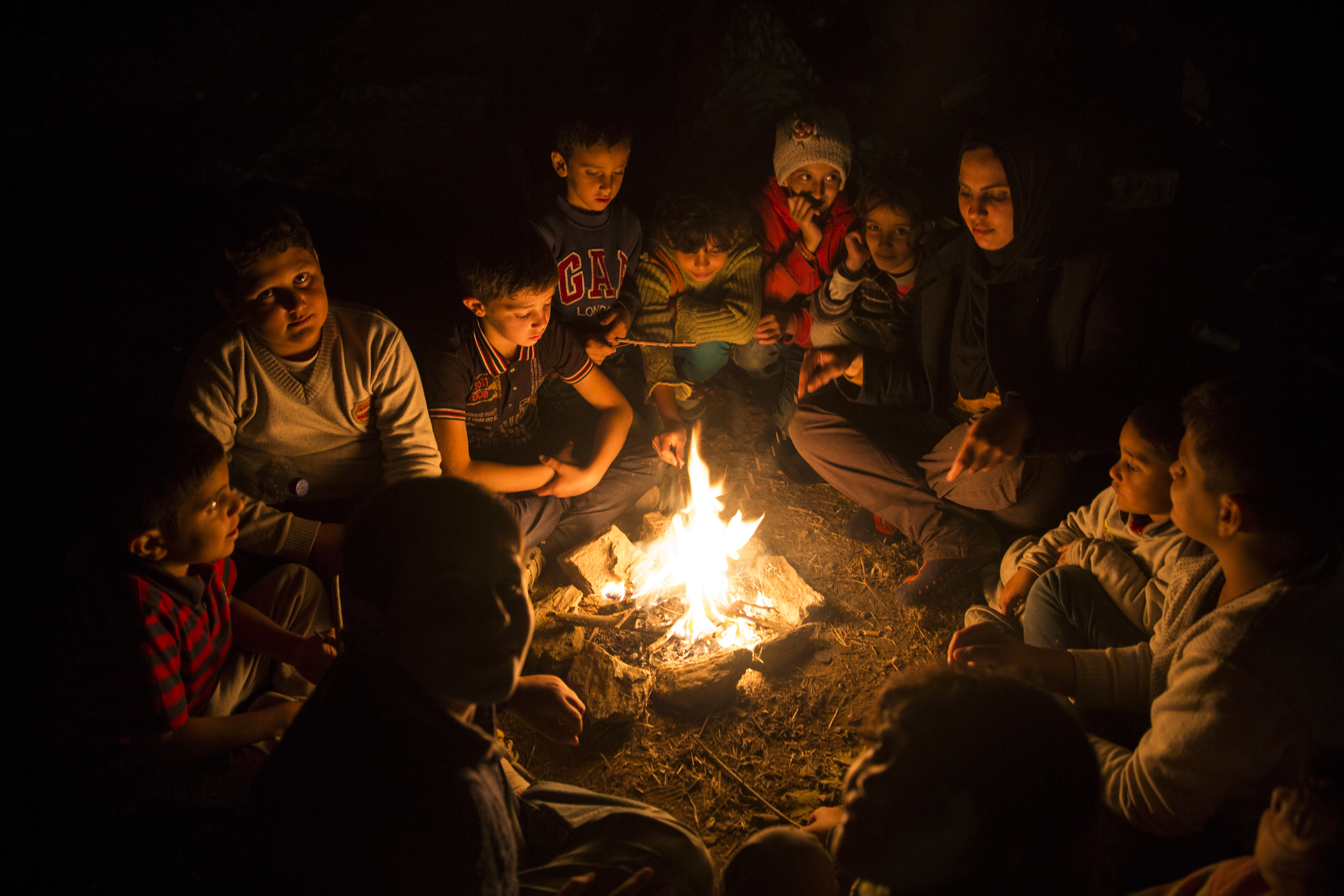
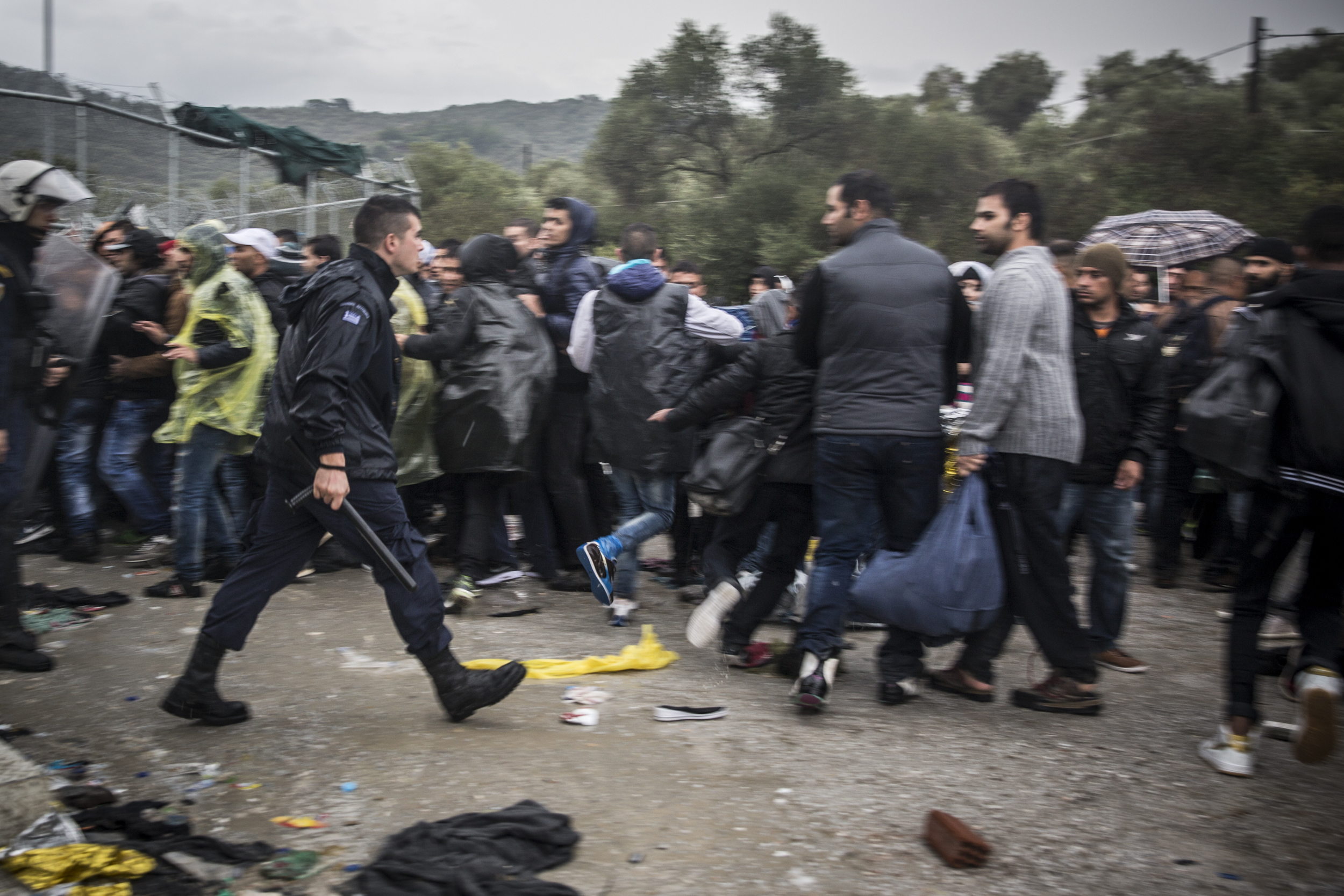
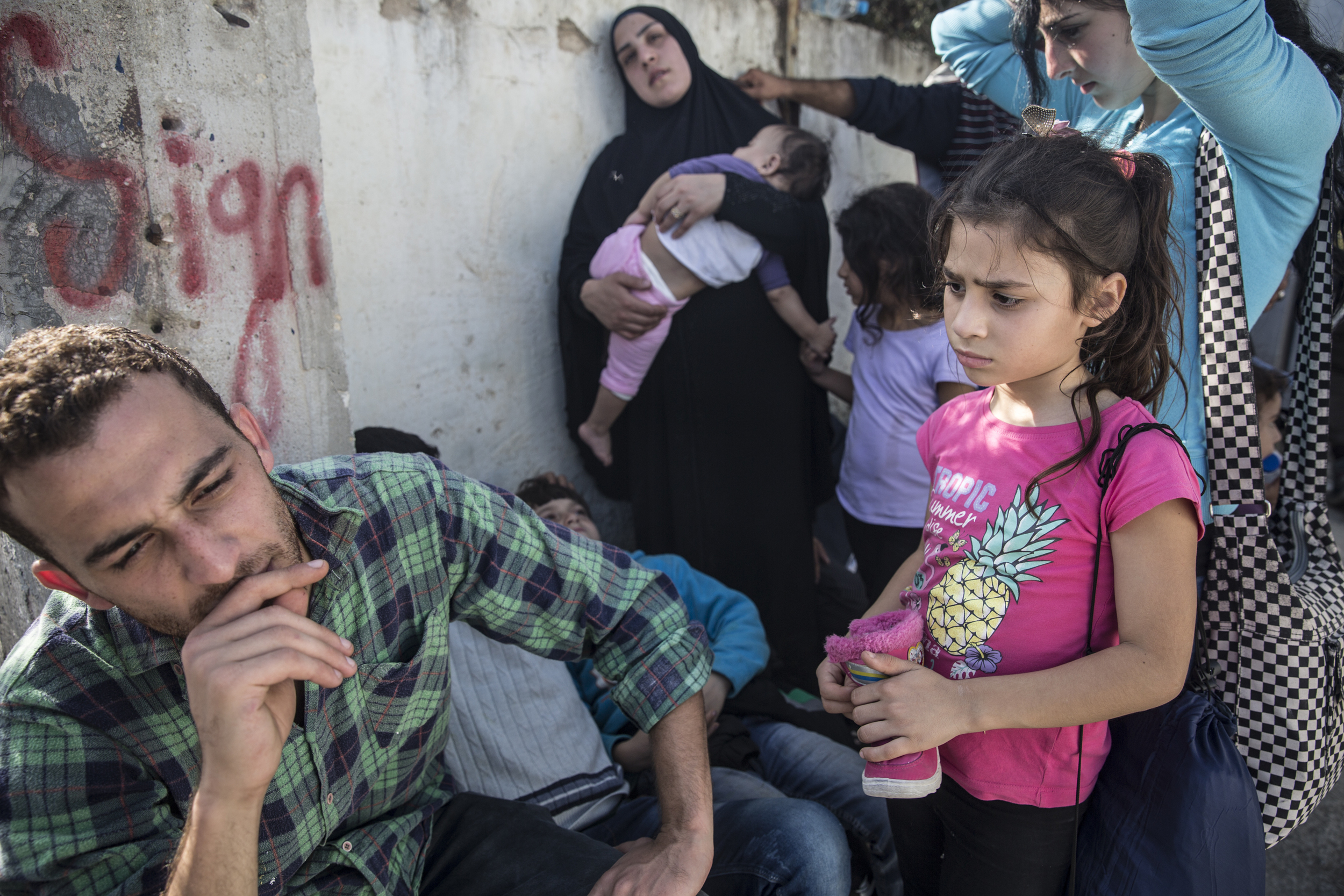
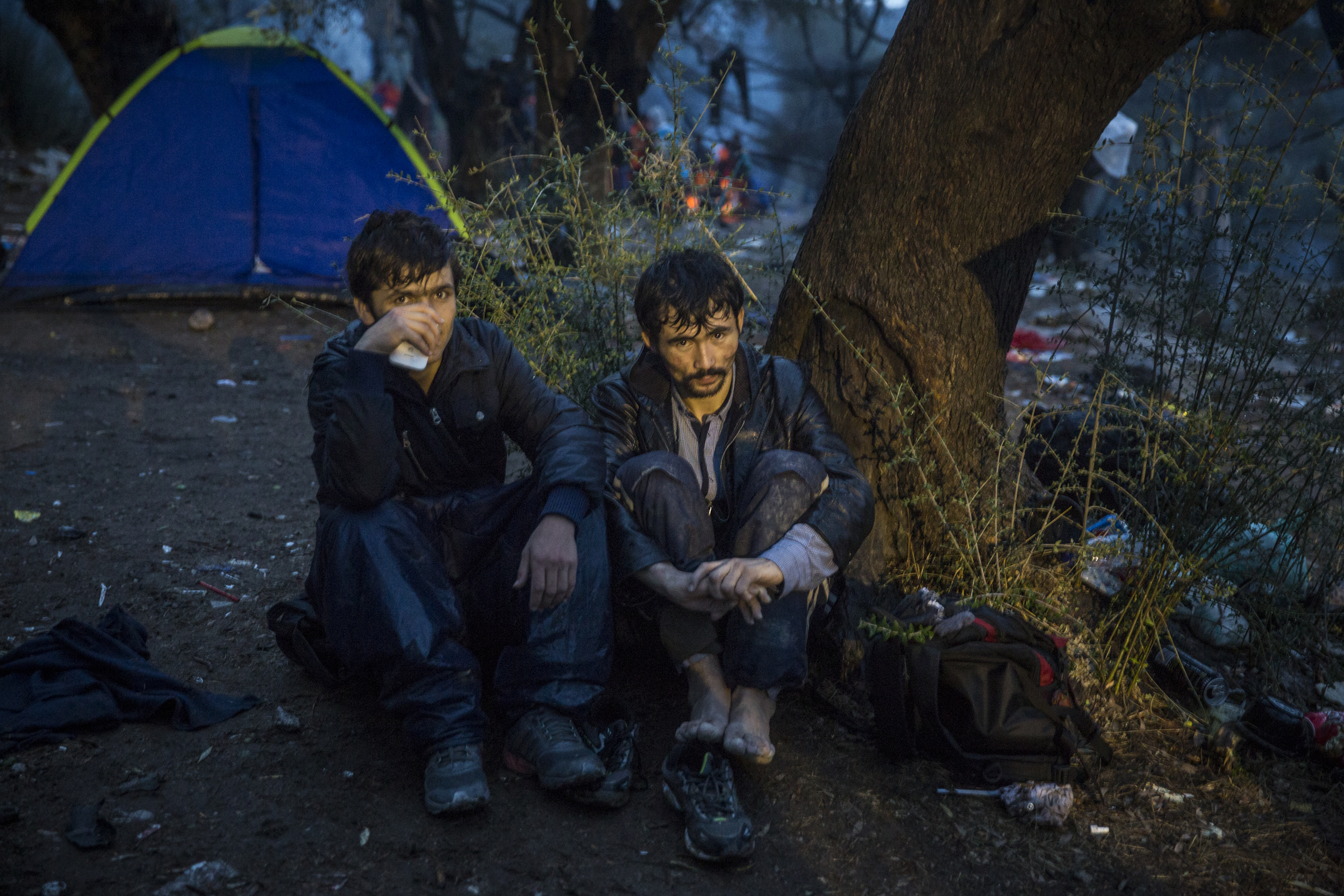
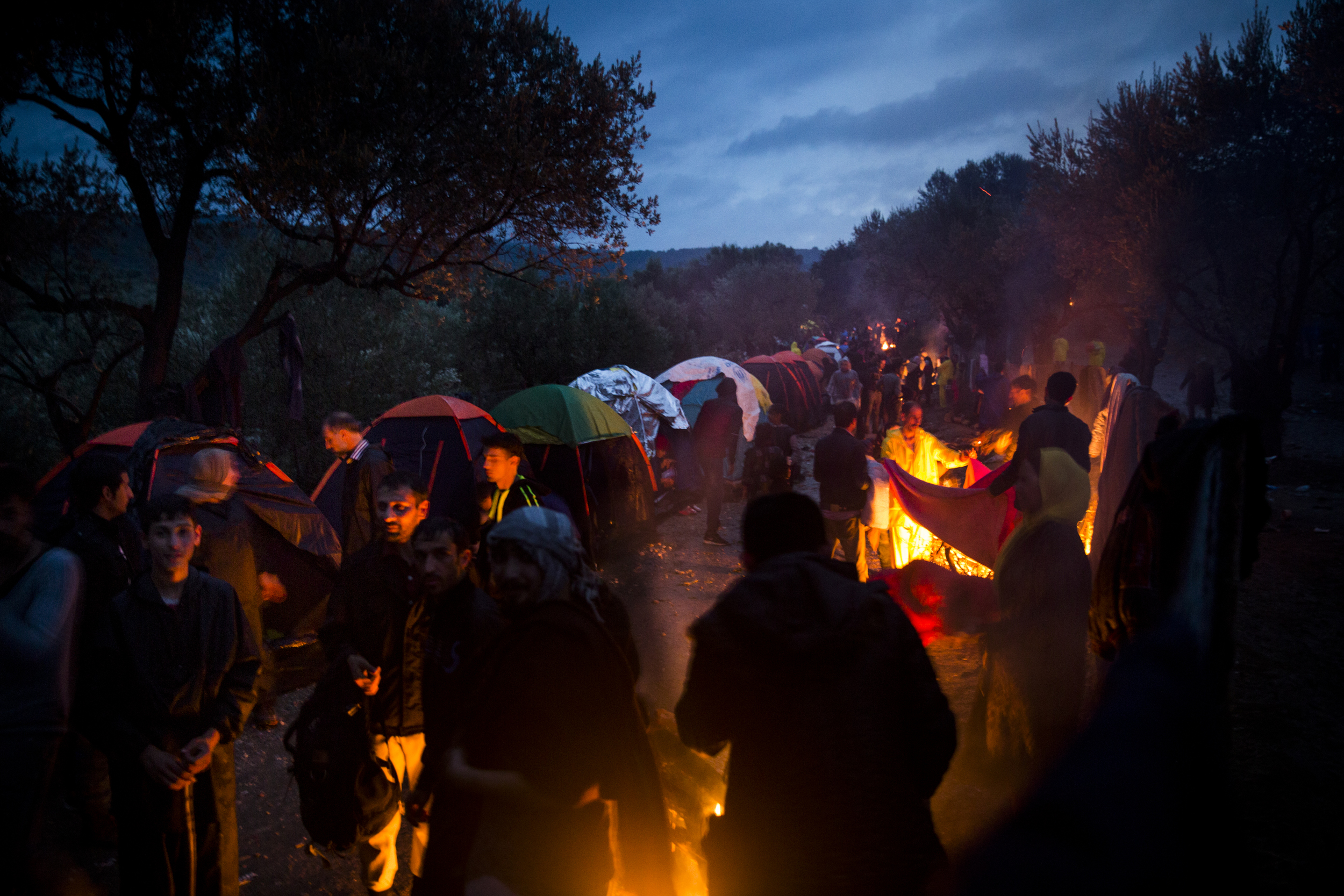
While at Kara Tepe, UNHCR and the International Rescue Committee have implemented a ticketing system to manage registration and, together with other NGOs and volunteers, are providing tents, food and other basic services, at Moria there is no system for managing the crowds.
All non-Syrians and single Syrian men have to wait in line without water, toilets or shelter from the elements. The most vulnerable frequently lose their spot in the line, families become separated and extortion is taking place with some refugees being given false information that registration has a cost. At night, when NGO workers go home, crowd control becomes even more difficult. Scuffles frequently erupt, resulting in riot police resorting to tear gas and beatings to impose order.
Having just returned from Lesvos, Heaven Crawley, chair in international migration for the UK’s Centre for Trust, Peace and Social Relations, said the hotspot system was “not working… full stop”. Crawley said that besides the shortage of staff to register new arrivals, there were too few spots available in the relocation scheme.
“This new system has come in too late. It’s very difficult now, because the situation is a mess,” she told IRIN. “We’re in a situation where there isn’t an easy option, unless you’re going to throw lots of resources [at it].”
But such resources appear to be unavailable and the Greek authorities claim to be helpless to improve the situation without more external assistance. There are also fears among government officials and the local community that those asylum seekers who do not qualify for relocation to other member states will see their route to northern Europe blocked and end up stranded in Greece, which has no capacity to process large numbers of asylum claims or return those deemed to be economic migrants.
Morcone, of Italy’s interior ministry, also expressed concern about “the risk of having a very high number” of asylum seekers in Italy if the relocation plan does not operate efficiently.
Only asylum seekers from countries that have high refugee recognition rates in Europe – 75 percent acceptance or above – will qualify for relocation. Currently, only Syrians, Eritreans and possibly Iraqis meet that threshold. In theory, everyone else arriving in Italy and Greece, will have to apply for asylum there.
In practice, said Crawley, asylum seekers being kept in open reception centres will choose to move on and risk being returned under the Dublin Regulation, rather than wait for the notoriously slow asylum systems in Greece and Italy to process their claims. “Of course they will, because no one has confidence in the asylum system. Open reception centres do not provide any kind of livelihood for people, so why would they stay there?” she said.
UNHCR, however, remained cautiously optimistic about the hotspot and relocation system. Sami described it as “a good first step,” but said: “it’s not enough.”
“It’s clear that for us, the real solution is to give structure and access – to make legal ways to come to Europe possible,” she said. “We do not think it’s easy, but we know the instruments are there.”
Banner photo and gallery by Jodi Hilton

